



Blowing away the minds of attendees (and by proxy, the clients) should be your main priority as an event planner, and incorporating interactive technology into the event’s proceedings is a way to do this.
A lot of the tech on this list are pretty pricey, which is the main reason a lot of event planners don’t go for them. But the truth is, setting a standard and standing out from everyone else doesn’t come cheap. Suggest one (or more) of these to future clients and if/when they scream about the costs, explain how much it’ll benefit them.
If they keep resisting, show them this article.
1) Video Walls:
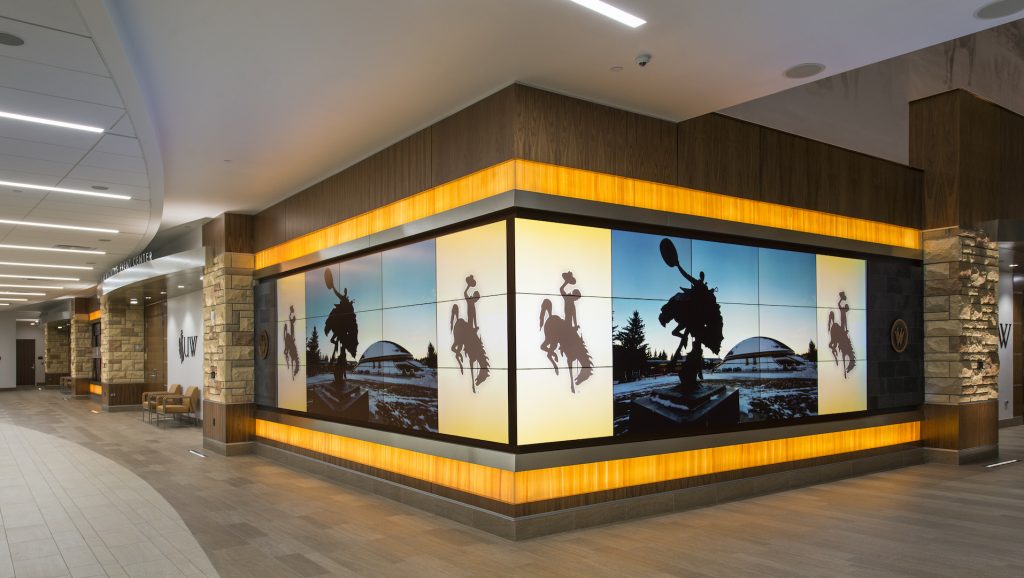
A video wall is basically a screen or multiple screens aligned and integrated in such a way that they create a larger display area. Whether your goal is to display content at an exhibition, connect colleagues in different locations for a meeting, or just feel like Tom Cruise in Minority Report while giving a presentation at work, video walls are the way to go.
Things to know:
2) Charging Tables/Stations:
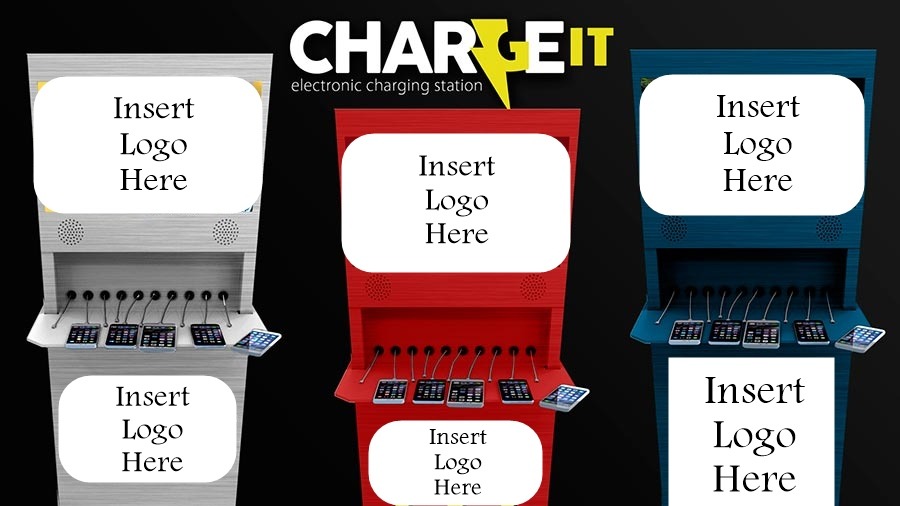
A charging table/station is an element at an event that is set up with the ability to power multiple mobile devices at the same time. People get uncomfortable when their devices are low on power so it’s best to have one (or more) of these around before there’s a mass nervous breakdown at your event. (Also, to ensure that your event gets talked about online.)
Charging stations are also a great opportunity for branding and advertising (Because it’s pretty hard to ignore the messages on the very thing giving your phone life.)
Things to know:
3) Mirror Signage:
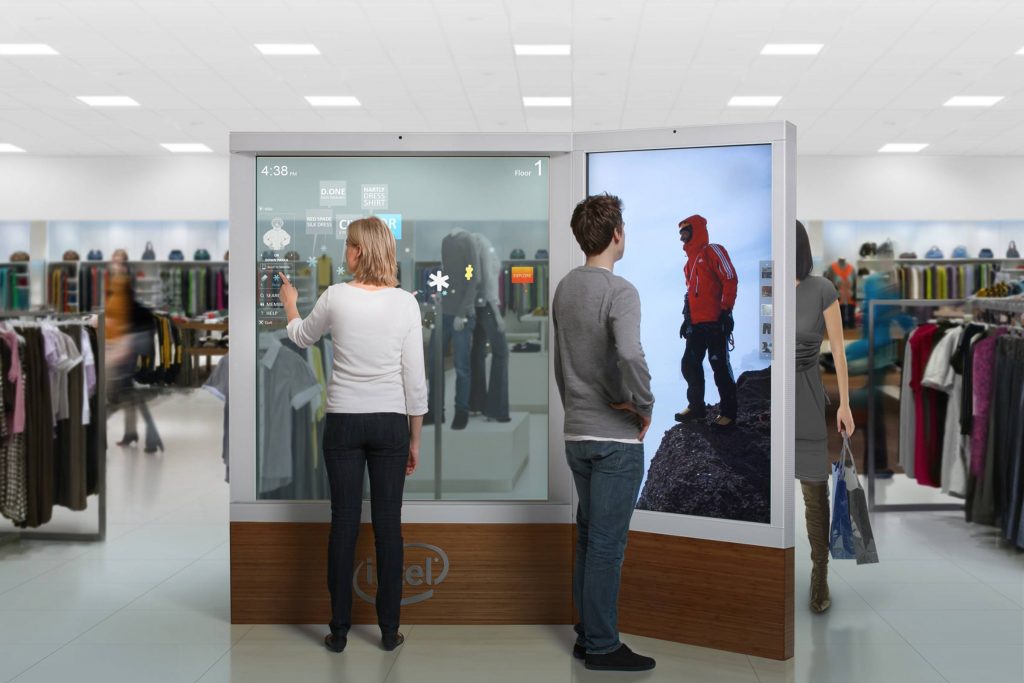
A mirror signage is a mirror/display monitor hybrid that shows a reflection of the user and displays digital information. (E.g. advertising.) It can be programmed to display information and then stop (due to proximity sensors) when it senses a person is close enough to use the mirror. (It starts again after a period of inactivity i.e. when the person leaves.) Mirror signage is perfect for events like fashion exhibitions where it can help to avoid the traditional trying-on process by enabling its mirror qualities and projecting computer images at the same time.
Things to know:
4) Virtual Reality Headsets:
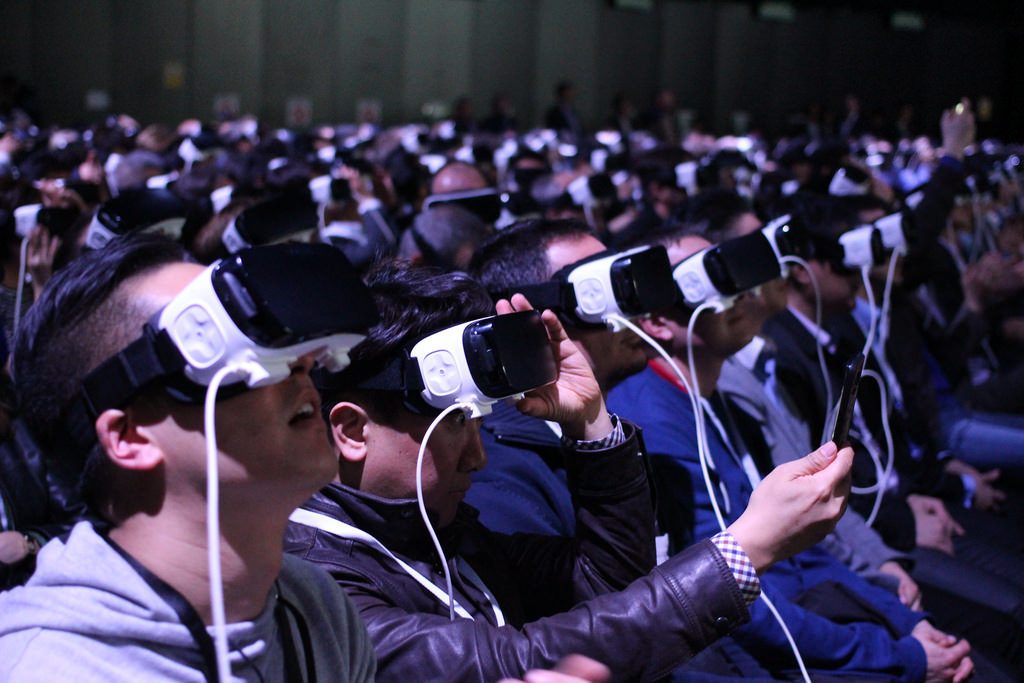 A lot of people think Virtual Reality is just for gaming (thanks a lot, Hollywood) but when you have a piece of technology that has the ability to generate a 3D simulation of an environment that can be interacted with by humans (via headsets) in a way that seems real, the possibilities are endless.
A lot of people think Virtual Reality is just for gaming (thanks a lot, Hollywood) but when you have a piece of technology that has the ability to generate a 3D simulation of an environment that can be interacted with by humans (via headsets) in a way that seems real, the possibilities are endless.
Virtual Reality headsets can be used to take event attendees to another world (e.g have them experience a product or scenario that couldn’t be brought in). This will get them talking and excited which is a thing you want because most of that talking will be on social media.
Things to know:
5) Touchscreen Tables:
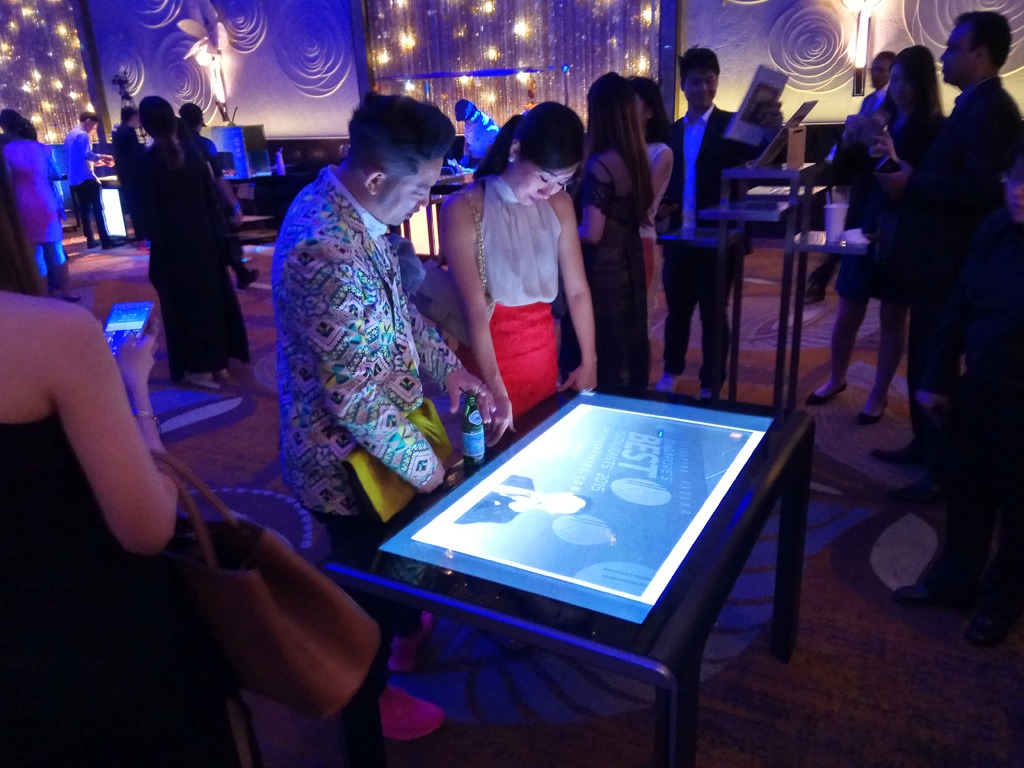
As the name implies, a touchscreen table is a multi-touch table-sized surface that can be used to display images which can then be interacted with using the touch screen feature. A touchscreen table is great for sharing information at events that organizers want the attendees to interact with (e.g. placing orders). Also, because using one requires actually getting close to it (unlike a video wall), it’s the perfect opportunity for advertising.
Things to know:
Next Story